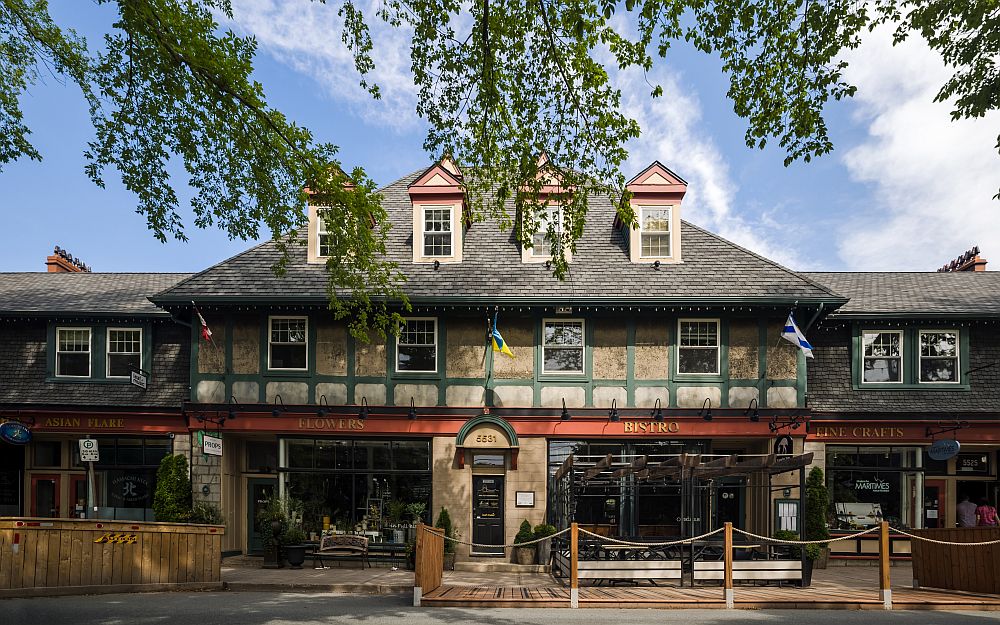
[Image above] Research by Joule Bergerson and Eduard Cubi in the Schulich School of Engineering found that roof-mounted solar panels are the best-performing sustainable technology in Calgary’s cold climate. Credit: Riley Brandt; University of Calgary
We’ve been told which kinds of roofs (green, white, and otherwise) perform best in warm climates and are most cost-effective, but which roof performs best in cold climates?
Until now, not many have even asked.
It seems a natural fit, then, that our neighbors to the north would be the first to compare the lifecycles of rooftop technologies to determine which would perform best in cool-weather climates such as Canada’s.
According to a news release from the University of Calgary, a team of scientists led by Joule Bergerson analyzed three different types of roofs. The university reports that their study of white (or cool, which reflect light), green (covered with vegetation), and photovoltaic (covered with solar panels) roofs “from cradle to end use” is the first of its kind to “make a consistent comparison of rooftop technologies on a life cycle basis”—assessing and reporting on building energy performance through simulation software and a lifecycle database.
Their findings, initiated by an undergraduate engineering class and published in the Journal of Industrial Ecology, show that the photovoltaic roof performed best in all phases of impact—from manufacturing to transportation and construction.
“Considering energy and greenhouse gas (GHG) emissions, adding PV on the roof of a standard office building saves the equivalent GHG emissions as taking 15 cars off the road,” says Bergerson in the release. “Green roofs also result in GHG savings, although only the equivalent of taking 0.2 cars off the road. In cold climates such as Canada, buildings with white roofs use more energy for heating and add more GHG to the atmosphere than buildings with conventional roofs.”
“The results are surprising, even in a city like Vancouver—with relatively low solar radiation and a relatively clean electricity generation system—PV was not only better on energy and GHG emissions savings, but also on other impact categories such as aquatic ecotoxicity where we expected green roofs to perform better,” she explains. “We were also surprised to see that white roofs have a net negative impact in most categories, including GHG emissions. Our results were consistent across the Canadian geography.”
But even though PV roofs get major props for performance, it doesn’t mean that their counterparts aren’t without their own advantages, adds Bergerson.
“Green roofs provide benefits we could not quantify, for example sound insulation, and there is a large variety of ways in which green roofs could be deployed. The contribution of this study lies in the fact that we have a potential resource (the rooftop) that can be used in many ways. I hope people can use this information to make informed choices considering regionally specific details and depending on the environmental outcomes they are hoping to achieve when constructing houses or buildings. How much people are willing to pay for the different technologies is an important next question.”
The paper is “Which type of sustainable rooftop technology is best in cold climates?” (DOI: 10.1111/jiec.12269).
For more cool cool-roof research (time machine, much??), check out this article from Berkeley Lab.
Author
Jessica McMathis
CTT Categories
- Construction
- Energy
- Environment


